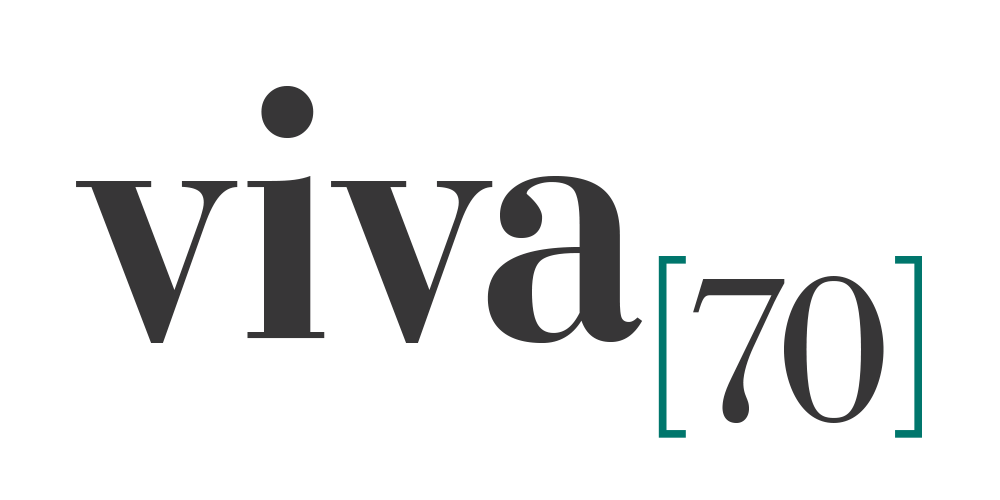
This week Viva70 welcomes back our Health and Wellness writer, Julia Richards. Julia lives in Yorkshire in the UK and we managed to catch her before a summer trip to Italy. So many thanks Julia for writing and packing at the same time! Julia is a qualified medicinal herbalist. Her first article for Viva 70 was especially for our Southern Hemisphere readers who are in a winter world and looking longingly at our European cousins on the beach! You can see the first article, Winter Restoration- How to feel healthy and happy, in the Living Well section of this blog.
This week Julia looks at Migraine’s. If you have ever had a migraine headache with nausea, distorted vision or many other symptoms, you’ll know how debilitating this is, but read on to find out more….
It’s estimated that 1 in 7 people worldwide are affected by migraines and disabling headaches and 4.9 million in Australia. As a herbalist, to help people reduce the frequency and severity of migraines, I recommend an integrative approach where a patient may stay on their conventional medication whilst implementing evidence based natural approaches including herbs, supplements, body therapies and avoiding triggers.
What is a migraine?
A migraine is an intense headache often accompanied by nausea, vomiting, visual problems and an increased sensitivity to light or sound. They can last between hours and days. People may experience them several times a week, every few months or every few years. there are two main types of migraine:
- Migraine without aura (common migraine)
- Migraine with aura (classical migraine)
Symptoms include: visual problems (blurred vision, blind spots, flashes of light, only half the field of vision or a zigzag pattern moving from the central field of vision towards the edge); tingling sensations (pins and needles) and numbness in the face, lips and tongue, arms and legs; speech problems such as slurred speech; dizziness; a stiff neck; and very rarely loss of consciousness.
What are the causes?
Currently the exact causes of migraine are not fully understood, though the immediate cause is usually due to blood vessels in the head dilating quickly and becoming inflamed. This is often triggered by food sensitivity, hormonal fluctuations in women, birth control pills and stress.
Your migraine will have a trigger/s unique to you. Next time you have a headache or migraine, notice if you have been eating or drinking anything on the list below. Once you have identified the culprits for you, reduce or eliminate them from your diet for a while and see if it makes a difference. Also consider the non food triggers. If you identify anything, see if you can reduce it, eliminate it or address it with a health professional.

Treatment options
The Conventional Approach

The Natural Approach
Though conventional medication can be extremely helpful to sufferers, it usually has side effects and is not suitable for everyone. There are many natural approaches to try as well as the food and non food triggers listed above.
Key herbs for consideration
The herbs listed below are the main anti migraine herbs, although there are others depending on the symptoms you experience. A herbalist will be able to assess the best ones for your unique needs.
Butterbur (Petasites hybridus) is anti inflammatory and can be used as a preventative.
A PA (pyrrolizidine alkaloids) free standardised extract is best, standardized to 7.5 mg of petasin and isopetasin. The adult dosage ranges from 50-100 mg twice daily with meals. It should be taken for no longer than 16 weeks at a time. Side effects are rare.
Feverfew (Tanacetum parthenium)
Helps prevent the release of substances that dilate blood vessels in the head.
Drink Feverfew tea when pain starts, chew on a leaf or take 100-150 mg daily of a product standardized to contain at least 0.2 percent parthenolide. Long term use is safe.
- Do not take if pregnant, breastfeeding or have ragweed allergies.
Ginger (Zingiber officinale)
Has anti-inflammatory properties and is a good source of magnesium (eases headaches by stabilising blood vessels). Drink a cup of ginger root tea or chew raw ginger pieces when pain starts. Long term use is safe.

Essential oils to try
Never apply essential oils directly to the skin. Dilute 5 drops of essential oil into 30gs of a carrier oil such as coconut, olive, almond, jojoba.
At the first sign of a headache try: massaging one of the following diluted oils into your temples or at the nape of your neck to reduce pain; diffuse in an oil burner; put on a cotton pad and inhale; or put a few drops in your bath.
Peppermint oil
Contains menthol which helps relax muscles and has analgesic (pain killing) properties to ease pain.
Rosemary oil
Contains anti-inflammatory and analgesic properties to ease pain. It also increases blood circulation.
Lavender oil
Dilates capillaries and increases blood circulation. It has analgesic properties to relieve pain and nervine – sedative properties (working on the sympathetic and parasympathetic nervous systems) for stress relief and relaxation.
Eucalyptus oil
Clears sinuses and reduces inflammation of mucous membranes. Useful for headaches due to blocked sinuses.
Chamomile oil
Contains analgesic properties to ease pain and nervine-sedative properties to help treat anxiety and insomnia.
- Do not use if pregnant due to risk of miscarriage.
Supplements
A study published in the February 22, 2005, issue of Neurology found that CoQ10 was superior to a placebo in preventing migraines. Dosage was 100 mg three times daily.
Magnesium and Riboflavin (Vitamin B2)
Magnesium helps stabilise blood vessels and riboflavin helps brain cells use energy.
Eating foods that contain both helps prevent migraine. Try the following combinations:
- Bananas (magnesium) and almonds (riboflavin)
- Spinach (magnesium) and eggs (riboflavin)
Other therapies
Acupressure / Acupuncture
Acupressure involves applying force on specific pressure points and Acupuncture uses needles at specific acupoints. In both therapies, these points stimulate the nervous system promoting the body’s natural healing ability and reducing pain.
Reflexology
Similar to acupressure, certain points on the feet will be massaged to stimulate the nervous system.
Massage
Different forms of massage can be helpful in relieving muscle stress and tension and promoting relaxation.
Yoga
Yoga can help reduce the occurrence and severity of migraines by stretching the muscles in the neck to relieve tension.
Biofeedback
Biofeedback is a mind body technique that can help you influence the part of the nervous system that regulates the dilation of blood vessels which contribute to migraine symptoms.
Homeopathy and flower essences
As with herbal medicine, a homoeopathist or flower essence practitioner will determine the best medicine for your unique needs.
Over to you……
- Identify triggers and reduce or eliminate them.
- Try herbs, supplements and therapies individually and allow six to eight weeks to see if you experience a change.
- Make an appointment with a herbalist or other therapist to discuss your unique needs and develop an action plan for treatment.
- Always seek a qualified Medical Herbalist before using herbs.
- Always check how the herb interacts with any medication you are taking.

